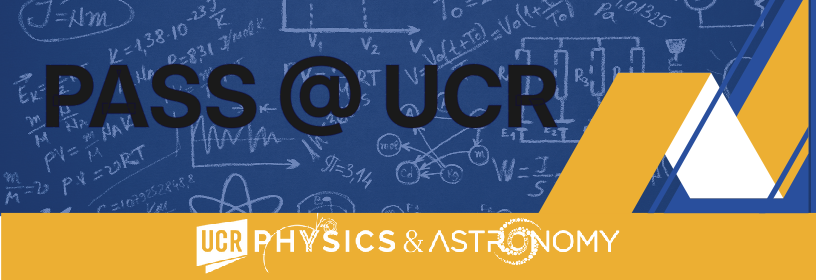
KBSS-Lyα: Metallicity of Lyman-α Emitters at z~2.5
Issac Ye Lin, PhD Student Monday, 12:00 pm, Conference Room (PHYS 3051) KBSS-Lyα: Metallicity of Lyman-α Emitters at z~2.5 We present a Keck/MOSFIRE composite spectrum for a sample of faint KBSS-Lyα emitters (z~2.5) in the Keck Baryonic Structure Survey. With the new stacked measurement of [OII] λλ3727,3729Å doublet, we combine rest-optical measurements of O, H, and N lines to infer for 12+log(O/H) oxygen abundance with photoionization modeling. In our 4-parameter MCMC inference (Z_neb, Z_star, N/O, and log(U)), the input emission line ratios produce a bimodal metallicity posterior (Z_neb=0.2 Z_sun}, Z_neb=0.9Z_sun). Characterized by high O32 ratio (log([OIII]/[OII] = 0.78), high ionization (log(U) = -2.2), and low dust attenuation (E(B-V) = 0.12), we reconcile the lower metallicity peak with other common metrics such as z~2-3 MZR, log(U)-M_sun relation, and electron temperature metallicity inference. The elevated O32 hints at density-bounded star forming regions in contrast to the more commonly assumed ionization-bounded case in photoionization models. Therefore, additional parameters are needed to break the degeneracy observed in the extreme physical environment of faint LAEs. ...